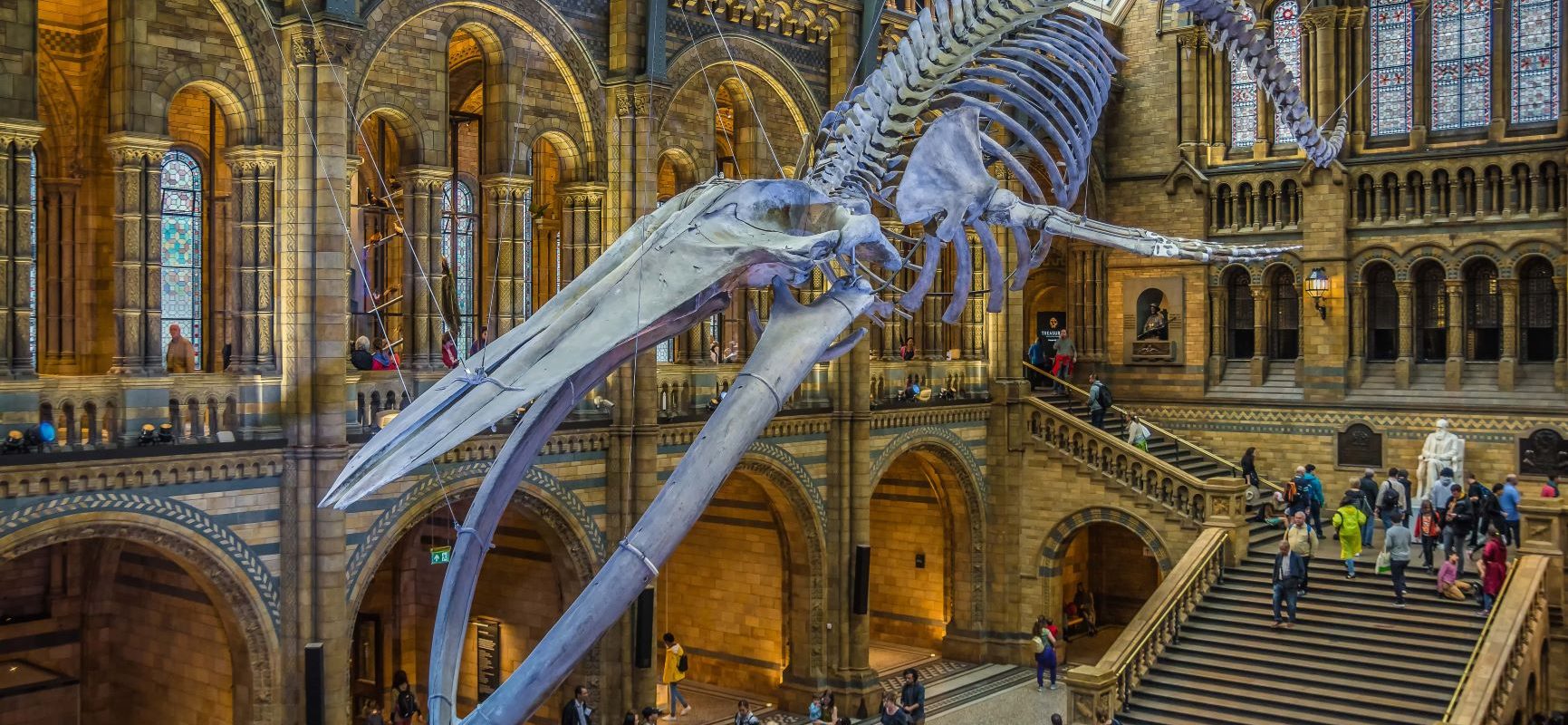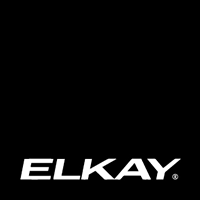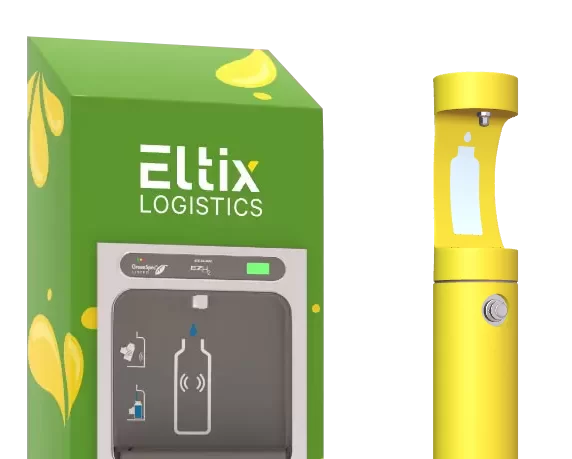 28th Mar 2019 by MIW Water Coolers
28th Mar 2019 by MIW Water Coolers
New #OneLess Drinking Fountain is a Roaring Success at the Natural History Museum
The much beloved Dippy T. Dinosaur may be gone, but there’s an exciting new exhibit at London’s Natural History Museum (NHM). Announcing the arrival of a #OneLess bottle filler and drinking fountain!
OK, so it might not be quite as visually imposing as that big ol’ plaster of Paris diplodocus skeleton, but the bottle filler is equally impressive in its own way. Donated and installed by MIW as part of the #OneLess London Drinking Fountain Fund, the bottle filler is less about recording natural history and more about securing the future.
Why the Natural History Museum Wanted a #OneLess Drinking Fountain
2017 was the year that the problem of plastic waste first became public knowledge. As an organisation dedicated to the reporting, recording and researching of the natural world, the NHM pretty quickly realised that action needed to be taken on plastic. And in November 2017, the museum took the decision to remove all plastic bottles from sale on site. Tap water was made available in the canteen. Refillable bottles were sold in the shop.
The Director of Science at the Museum, Professor Ian Owens, explained the move:
‘Our decision to stop selling single-use plastic water bottles is about becoming part of the movement towards a refillable culture. We are doing our part to encourage a mass lifestyle change that will help reduce the deluge of plastic into our seas.’
Can you think of an ethos more in keeping with the #OneLess philosophy?
So, what’s the deal with plastic waste? Why are we all working to combat the problem?
Plastic Waste by Numbers
- 300 million tonnes of plastic is produced every year.
- 8 million tonnes of plastic waste ends up in the ocean each year.
- In 2016, England only recycled 44.9% of its waste plastic.
- Globally, 91% of plastic waste is not recycled.
- Humans buy about 1,000,000 plastic bottles per minute.
- 14% of all litter comes from beverage containers. When caps and labels are considered, the number is higher.
- One tonne of plastics is equivalent to 20,000 two litre drinks bottles.
- 10% of Thames shoreline litter collected is plastic drink bottles and lids.
- UK adults use nearly 7.7 billion single-use plastic water bottles each year – that’s around 150 per person.
- 65% of UK adults would not buy bottled water if tap water were freely available.
- The use of plastic in Western Europe is growing by about 4% each year.
The Natural History Museum’s Bottle Filler
The new #OneLess bottle filler and drinking fountain is situated at point is located in what we call the Red Zone which is the entrance to the Museum from Exhibition Road. It is located near the Stegosaurus and next to one of our café outlets. . The Halsey Taylor HTHBSM was selected for its ease of use and ability to cater for a large number of users quickly. It is hygienic and efficient, durable and low-maintenance. It’s also vandal resistant, because, well, you never know what it might face in a public place.
So, next time that you visit the National History Museum, why not drop by to the Red Zone next to the Exhibition Entrance and check out it’s latest exhibit?











